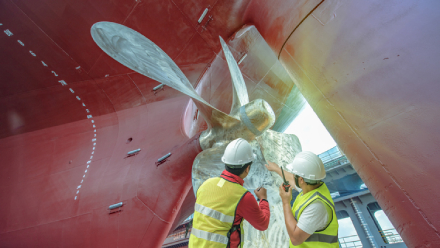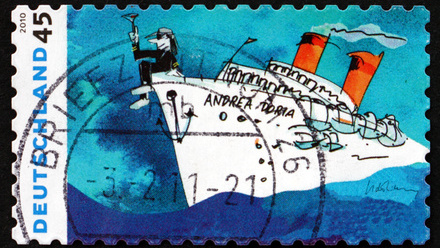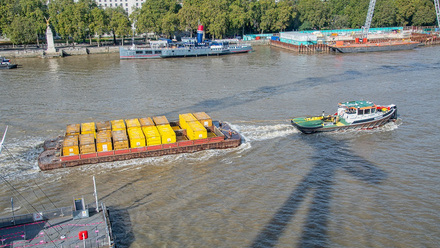Cruise ship industry booms but environmental concerns remain
Operators continue to invest in new vessels as record booking trends reported.
The Cruise Lines International Association (CLIA) expects about 35.7 million passengers to have set sail in 2024, up six percent on pre-pandemic levels, with 2025 and 2026 projected numbers looking buoyant.
Miami-based Carnival Corp, the world’s largest cruise operator, has been reporting record earnings in 2024, with record booking trends for 2025. Counter-intuitively, tighter household budgets are contributing to this trend, as cruises often work out cheaper than land-based holidays according to research by JP Morgan. The cruise ship industry will capture almost four percent of the $1.9 trillion global holiday market by 2028 it adds.
No wonder cruise operators are investing in new ships. Italian shipbuilding group Fincantieri, for example, is filling its order books with cruise contracts, giving it total backlog visibility out to 2036 and providing what it calls ‘full saturation’ of its shipyards.
Earlier this year it inked a deal with Carnival worth more than €2 billion for three new mega-ships, which will be powered by liquified natural gas (LNG) and at 230,000 gross tonnes, the largest ships ever built by Fincantieri and indeed an Italian shipyard. The ships will be delivered in 2029, 2031 and 2033, with each one carrying almost 8,000 passengers at full capacity. As well as burning cleaner fuel, the new ships will feature advanced energy efficiency, waste management, and emission reduction technologies.
Not all cruise newbuilds are supersizing. Fincantieri is also building a series of smaller cruise vessels for Viking, which will draw on the two companies’ ongoing development of ‘eco-friendly fuels and sustainable zero-emission power generation systems’. The new vessels will have gross tonnage of 54,300 GT and accommodate 998 passengers.
In December 2024, Viking took delivery of the Viking Vela from Fincantieri, which does not yet have these green features but has been designed so it can be retrofitted to incorporate a partial hybrid propulsion system based on liquid hydrogen and fuel cells in the future.
Not all good news for the public
While it is clear these are good times for cruise operators, and the shipyards building the new tonnage, there are still many environmental concerns surrounding cruise ships and LNG in general.
A recent emissions analysis by CalMac on the dual-fuel ferry MV Glen Sannox claims the carbon footprint for this supposedly ‘green’ vessel is larger than the previous diesel ship that served the same route due to its increased size and LNG being less climate-friendly than claimed.
Some environmental groups, such as Friends of the Earth, are also concerned that these floating resorts are worse than land-based holidays in terms of negative environmental impact.
“Even the most efficient cruise ships emit more carbon dioxide per passenger kilometre than a passenger jet,” says Bryan Comer, Director of the marine program at the Washington, DC-based The International Council on Clean Transportation. He said it was time for cruise companies to stop ordering LNG-powered cruise ships and instead start investing in ships that use non-methane alternative fuels, such as green methanol or even green hydrogen.
“The industry should take it upon itself to abandon the use of scrubbers, use marine gas oil whenever possible, test out fuels that have low or zero life-cycle emissions, invest in zero-emission technologies including shore power, batteries, fuel cells, and wind-assisted propulsion, and show that it can be a leader in decarbonising the global shipping sector,” he concludes. “Otherwise, it’s hard to justify a summer cruise if you know that it’s worse than flying.”
Join IMarEST’s Ship Energy and Environmental Special Interest Group to discuss similar topics.
Image: Viking Venus cruise ship docked in the port of Tromso, Norway; credit: Shutterstock.
Tell us what you think about this article by joining the discussion on IMarEST Connect.






